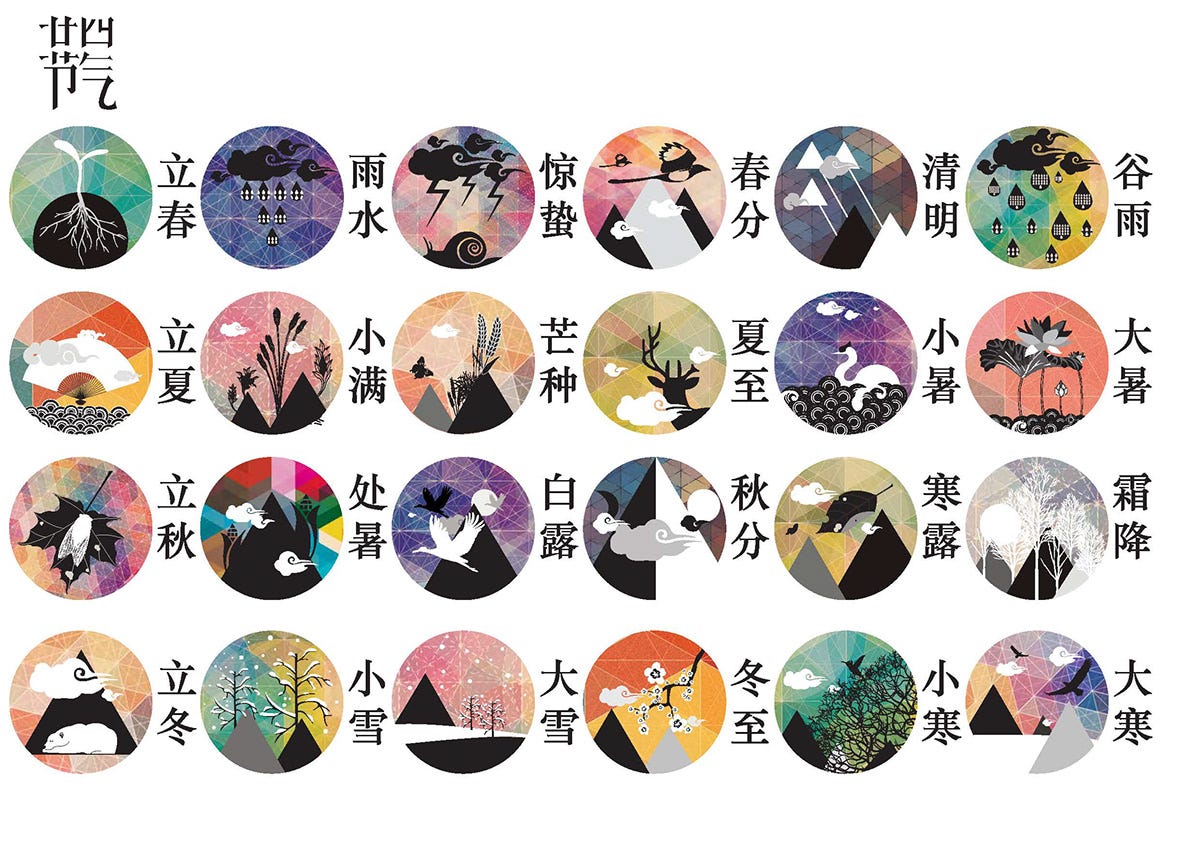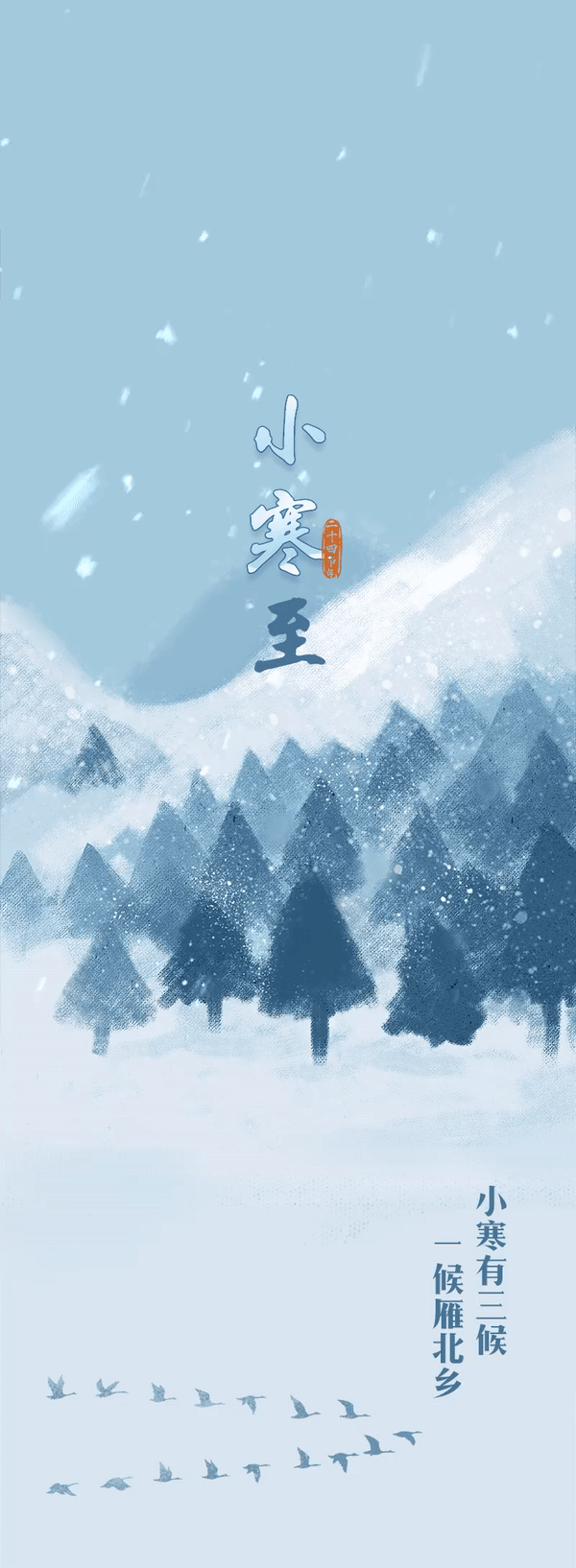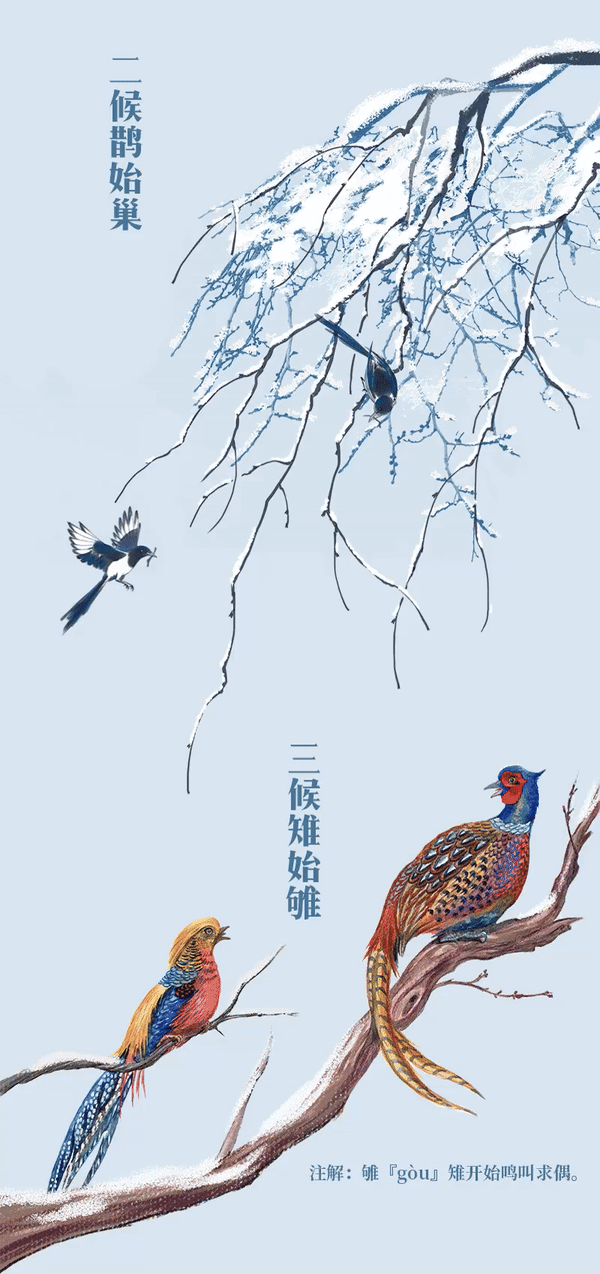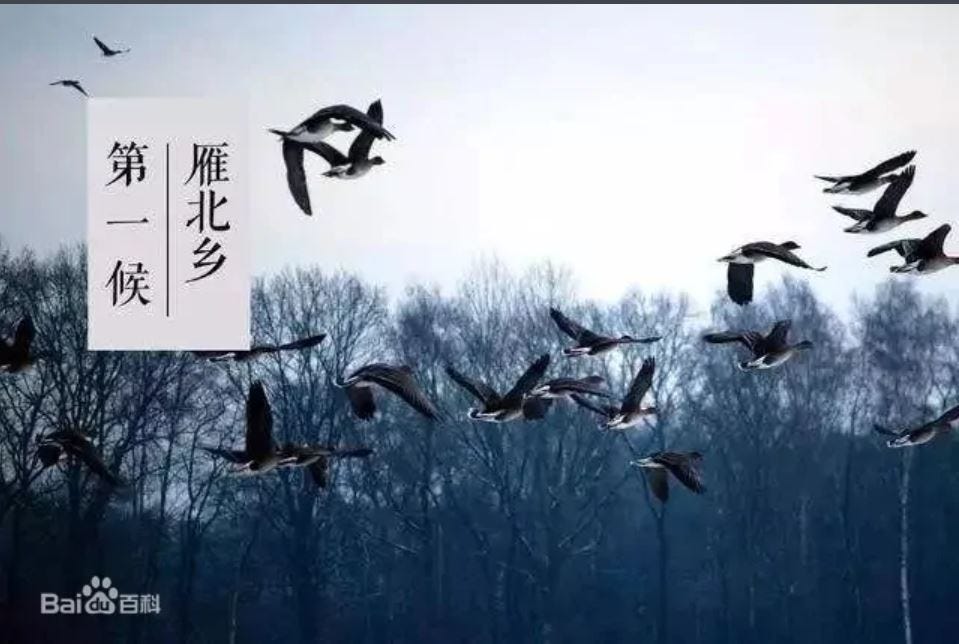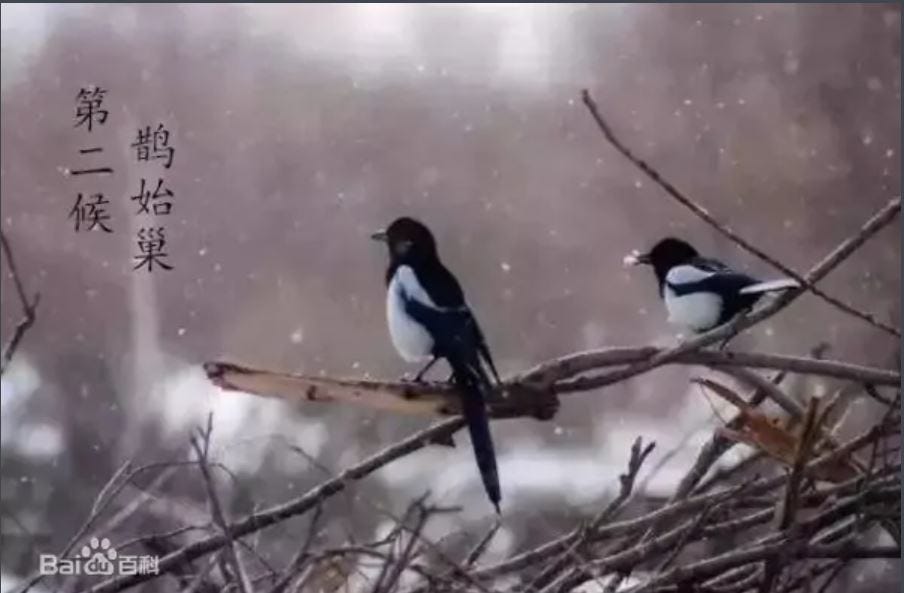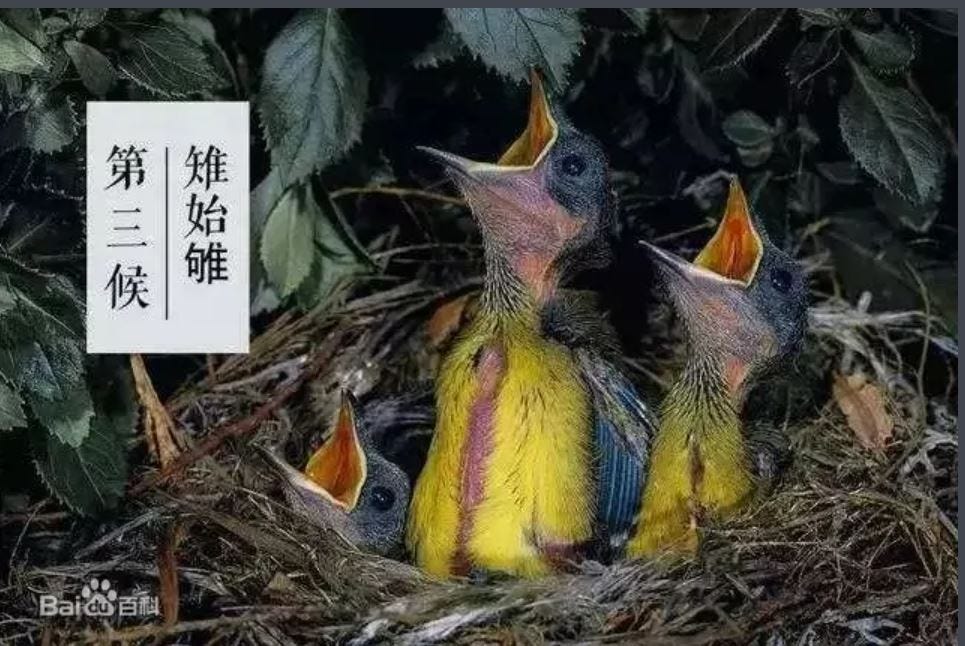#71 𝕷𝖔𝖛𝖊 𝖎𝖘 𝖎𝖓 𝖙𝖍𝖊 (𝖘𝖓𝖔𝖜𝖞) 𝖆𝖎𝖗
To understand ancient Chinese agrarian economy, one ought to look at how solar terms play a pivotal role, and thus learn to appreciate the wisdom of ancient Chinese.
Today (Jan 6, 2024) is 小寒 i.e. Minor Cold, the second last item of the 24 solar terms (二十四节气, see above) of the year based on traditional Chinese lunisolar calendars. So it does indicate that Spring is approaching as the last item 大寒 "Major Cold" is next in line.
Actually if you think that 大寒 is colder than 小寒, you could be in for a rude shock as meteorological readings over the years have indicated that it is colder during 小寒 than 大寒 in northern China. This is plausible as prior to 小寒, it is the solar term Winter Solstice 冬至 where the day time is the shortest and the night time is the longest of the year. So most of the heat has been dissipated during the transition from 冬至 to 小寒, and thus one would not feel too cold during 大寒. Hence there is a traditional saying : "小寒胜大寒,常见不稀罕" (寒 rhymes with 罕) which means "it is so common one sees Minor Cold beats Major Cold due to such frequent occurrences."
My take is that you will see deep snow during 大寒 and so that is the meaning of 大寒 there.
The ancient Chinese were very perceptive and 三候 of 小寒 is a good illustration. 候 (hou) does not mean to wait in the modern usage, but it refers to a period of five days in ancient China. As a solar term is about fifteen days and thus it could be broken down into "three hou" 三候 i.e the first five days = first hou 一候, the second five days second hou 二候 etc .
Below is my translation of 三候 of 小寒 :
📌"一候雁北乡,
"During the first hou, the wild goose is flying northwards to build its home (nest)"
This really means that wild goose is aware that the heat is dissipating in the north and so time is ripe to build nest in the north now.
📌二候鹊始巢,
"During the second hou, magpies can be seen everywhere in the north as they begin to build the nests."
📌三候雉始雊。“
“During the third hou, the male ring-necked pheasant begins to chirp (for mating purpose)."
Below are additional images that illustrate the 三候 of 小寒 (source : Baidu).

